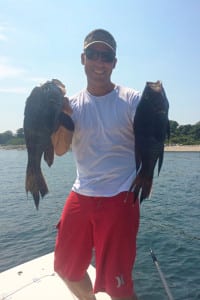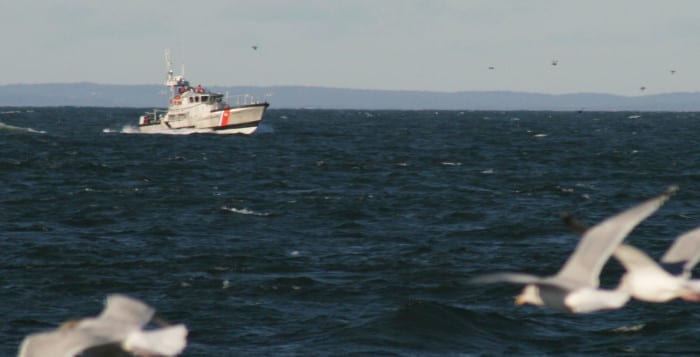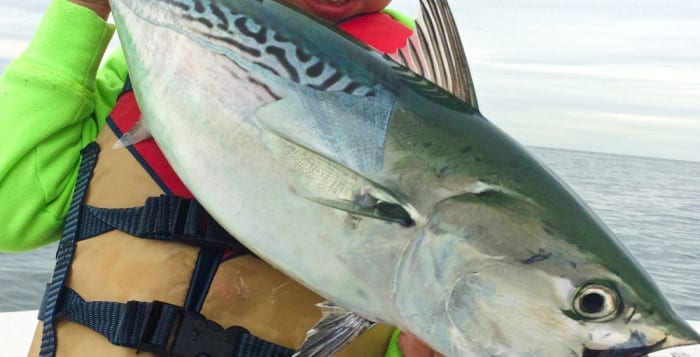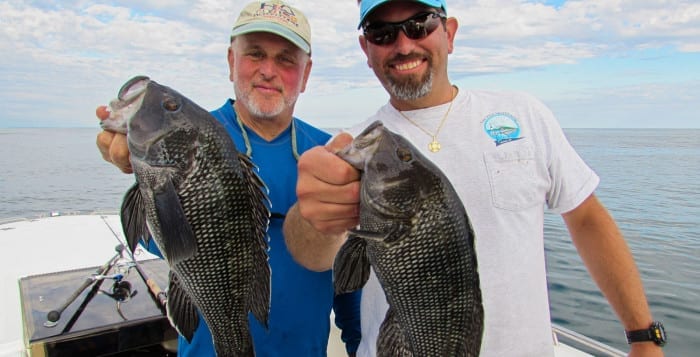By Angelo Peluso
September marks the beginning of meteorological autumn. It is a time when we bid farewell to summer and embrace the magnificence of the fall migratory run of local game fish.
This is a time eagerly awaited by all Long Island anglers, as amassing baitfish and pursuing game fish move into high gear. The stage has been set all around Long Island for the grandest spectacle of the fishing season. Although no place is more representative of this activity than the fabled waters of Montauk Point and the beaches of the South Shore, the open Long Island Sound and the beaches of the North Shore can give anglers a solid opportunity at some terrific fall action.
While North Shore fishing may not be as frenzied, concentrated or sustained as it is at the end of Long Island, there is, nonetheless, some fine fishing to be had for those who put in the time and are willing to move about to find fish.

A decade or so ago the North Shore of Long Island would boast respectable spring and early fall runs of striped bass. Conditions related to cyclical weather changes, baitfish movement and the migratory patterns and behaviors of game fish, most notably striped bass, have somewhat altered the landscape of the fall run in the area of the central Long Island Sound. It seems as if the last half dozen years or so have brought stronger spring fishing than prolonged fall runs, especially those runs that occur close to the beaches, whereas the fall run would often last a few weeks. Now, some of the best late-season inshore bass fishing can often be measured in days, not weeks. The exception to this is that whatever bass remain in the area congregate off many of the deep-water drop-offs to bulk up on bait that follows the same path. At this time of year, diamond jigging is king.
But all is not lost to the shore-bound angler.
One of the keys to scoring bass and big blues from September to the end of the season is mobility. A body in motion should stay in motion until such time as fish are located. Too many anglers spend too much time remaining stagnant, waiting for the fish. There are many time-tested spots where the probabilities are high that fish will move in as certain phases of the tide or current movement, so spend time fishing those locations.
Obviously, these situations vary with the seasons, but time on the water and consistent previous successes are good barometers of future potential. That said, from September until the end of the season, any of the central Long Island beaches from those in and around the Huntington Harbor/Eatons Neck area, out to the beaches of the North Fork, can turn on any given day with bass headed east and close to the edges of the surf line. Many of the bass that linger west of Huntington in Nassau County tend to move west and back out into the New York Bight, but those movements are not always easy to predict as they are on the South Shore, where fish move east to west. Bass and some large blues can be seen in the Sound moving both east and west, so who knows how the fish decide to leave the Sound.
That movement, though, argues for the angler to remain in motion and to keep tabs on the whereabouts of fall bait. While not all parts of the Sound enjoy prolific concentrations of bait throughout the season, the cooling down of water temperatures and the shortened hours of daylight in September will stimulate various baits to amass into large rafts. Sand eels, spearing, bay anchovies and white bait like finger mullet will motivate the bass and blues. Most bait will be found along deep-water drops, moving out from the harbors or cruising the surf line. All scenarios present productive fishing opportunities.







